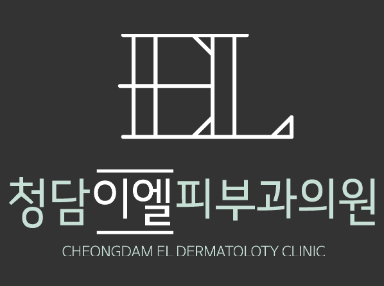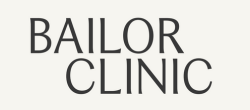Niacinamide vs Vitamin C | The Ultimate Brightening Duo in Korean Skincare
Introduction
When it comes to brightening and evening out skin tone, two powerhouse ingredients dominate Korean skincare — Niacinamide and Vitamin C (Ascorbic Acid). You’ll find them in almost every serum and cream in Seoul’s top dermatology clinics and beauty stores.
But how do they work, can you use them together, and which one is right for your skin? Here’s a dermatologist-style breakdown inspired by Korean skincare science.
What Is Niacinamide?
Niacinamide, also known as Vitamin B3, is one of Korea’s most dermatologist-approved ingredients. It’s gentle yet incredibly effective in improving the skin barrier and reducing uneven tone.
Main Benefits:
- Brightens dull, uneven skin tone
- Reduces hyperpigmentation and melasma
- Strengthens the skin barrier
- Controls sebum and minimizes pores
- Soothes sensitivity and redness
Why Koreans Love It:
Niacinamide is versatile — suitable for all skin types, including sensitive or acne-prone skin. It’s often included in daily serums and medical facials at Korean skin clinics because it doesn’t irritate like stronger acids or peels.
What Is Vitamin C?
Vitamin C (Ascorbic Acid) is a potent antioxidant that brightens the complexion, fades dark spots, and boosts collagen production.
Main Benefits:
- Reduces pigmentation and dark spots
- Fights free radicals and UV-induced damage
- Promotes collagen synthesis for firmer skin
- Brightens the overall complexion
Why Koreans Love It:
Korean dermatologists often recommend Vitamin C as part of anti-aging and brightening laser programs, especially after pigmentation treatments or sun exposure. It gives that signature radiant “glow” that Korean skin is famous for.
Can You Use Niacinamide and Vitamin C Together?
Yes — and Korean dermatologists do it all the time. The myth that they cancel each other out has been debunked.
Tips for Using Together:
- Apply Vitamin C serum first, then Niacinamide after a few minutes.
- Always follow with moisturizer and SPF 50+ during the day.
- If your skin is sensitive, alternate days or apply Niacinamide in the evening.
This combination helps brighten skin tone, reduce spots, and enhance glow — safely and effectively.
In-Clinic Treatments in Korea That Use Niacinamide & Vitamin C
At Korean dermatology clinics (like BAILOR Clinic in Sinsa), both ingredients are frequently used in medical brightening programs, including:
- Laser Toning + Vitamin C Infusion — evens out pigmentation and prevents recurrence.
- Niacinamide Skin Boosters or Facials — strengthens the barrier and reduces post-laser redness.
- IV Vitamin Drips — internal brightening for an overall glow.
Combining in-clinic treatments with home care maximizes results — the Korean way.
Best Practices from Korean Dermatologists
- Start with low concentrations (5% Niacinamide or 10–15% Vitamin C).
- Store Vitamin C products away from light and heat.
- Use sunscreen daily — both ingredients work better with UV protection.
- Pair with soothing ingredients like Centella Asiatica or Hyaluronic Acid for balance.
Final Thoughts
In Korean skincare, Niacinamide and Vitamin C are not rivals — they’re partners. Together, they brighten, repair, and protect your skin for a long-lasting glow.
If you’re in Seoul, visit a dermatologist like BAILOR Clinic in Gangnam for a customized skin analysis and treatment plan. A professional evaluation can determine how to safely combine these actives with advanced treatments like Pico Laser or Rejuran Healer for even better results.


